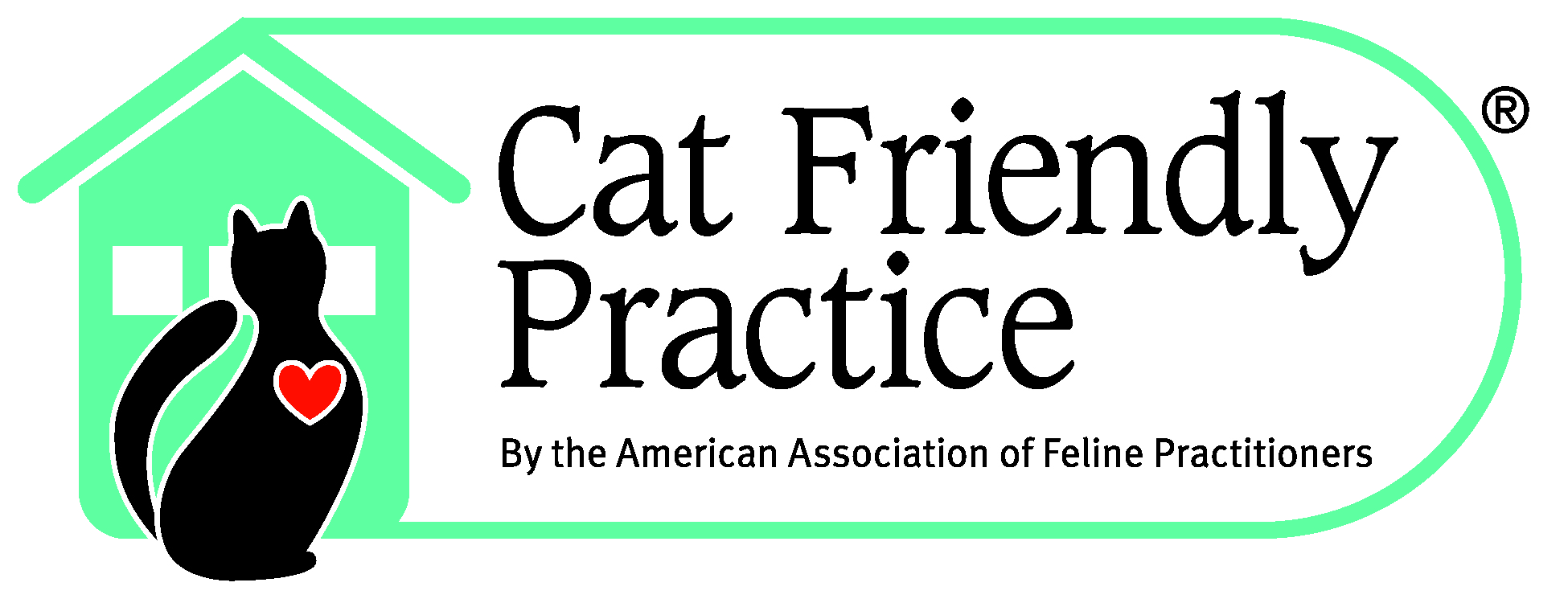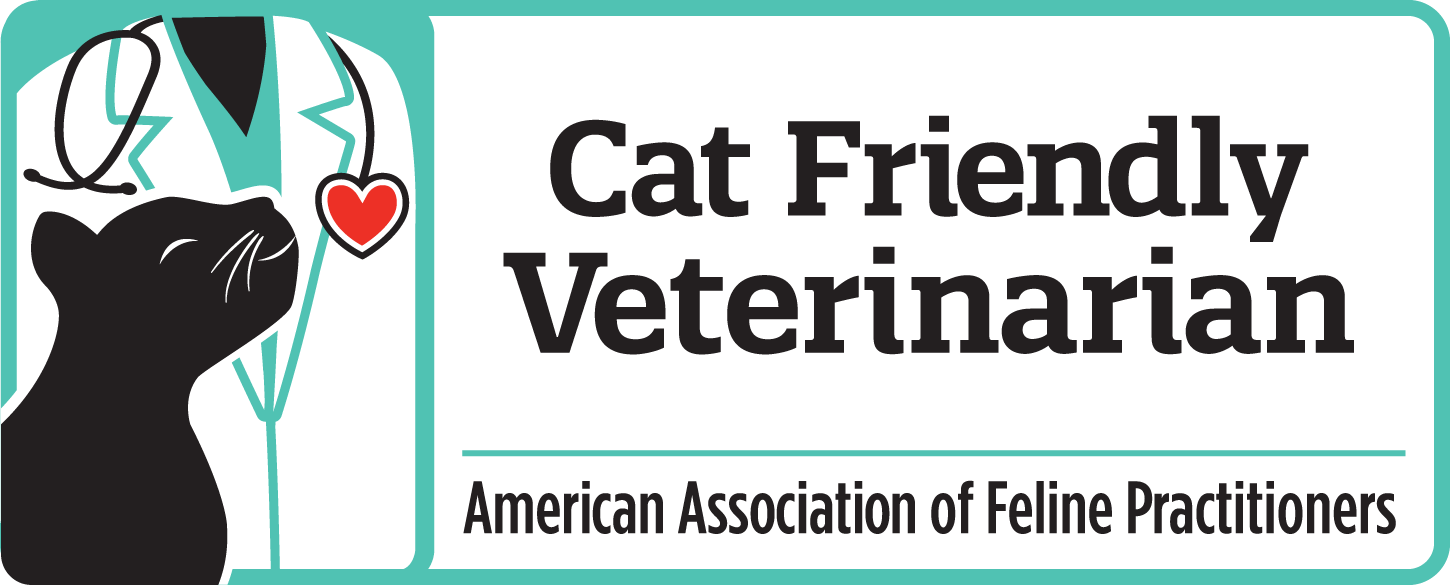Cats, with their unique personalities and distinct health needs, require specialized care that goes beyond routine veterinary visits. Cat-friendly veterinary guidelines offer a comprehensive approach to feline healthcare, ensuring a comfortable and stress-free experience for both cats and their owners.
This guide delves into the intricacies of cat-centric veterinary practices, providing insights into their handling, nutrition, behavior, and common health concerns. By understanding the nuances of feline well-being, we can empower pet owners to make informed decisions and foster a lifelong bond with their beloved companions.
Veterinary Care Considerations for Cats

Cats, with their unique physiology and behavior, require specialized veterinary care. Understanding their specific needs ensures their well-being and a positive veterinary experience.
Unlike other pets, cats are more susceptible to stress and anxiety, requiring a calm and gentle approach during veterinary visits. Proper handling and restraint techniques minimize discomfort and promote cooperation.
Creating a Cat-Friendly Veterinary Environment
Creating a cat-friendly environment in veterinary clinics enhances their comfort and reduces stress. This includes:
- Providing separate waiting areas for cats, away from dogs and other potential stressors.
- Using pheromone diffusers to create a calming atmosphere.
- Incorporating hiding places, such as covered carriers or cardboard boxes, to provide a sense of security.
Nutrition and Diet for Cats
Cats, as obligate carnivores, have unique nutritional requirements that vary depending on their life stage and health status. Understanding these needs is essential for ensuring the well-being and longevity of your feline companion.
A balanced diet is crucial for cats. It should provide the appropriate levels of protein, fat, carbohydrates, vitamins, and minerals. Protein is the most important nutrient for cats, as it is essential for building and repairing tissues, producing energy, and transporting nutrients.
Kittenhood
Kittens have a high energy requirement due to their rapid growth and development. They need a diet that is high in protein and fat to support their growth and energy needs. Commercial kitten food is specially formulated to meet the nutritional requirements of kittens.
Adulthood
Adult cats have a lower energy requirement than kittens, but they still need a balanced diet to maintain their health. A diet for adult cats should be high in protein and moderate in fat and carbohydrates. Commercial adult cat food is designed to meet the nutritional needs of adult cats.
Seniorhood
Senior cats have a reduced energy requirement and may have difficulty digesting certain foods. They need a diet that is easy to digest and high in nutrients. Commercial senior cat food is specially formulated to meet the nutritional needs of senior cats.
Common Feeding Practices
There are a few common feeding practices that should be avoided when feeding cats. These include:
- Feeding your cat table scraps. Table scraps are often high in fat and salt, which can be harmful to cats.
- Feeding your cat raw meat. Raw meat can contain bacteria that can make your cat sick.
- Overfeeding your cat. Overfeeding can lead to obesity, which can cause a number of health problems.
Misconceptions
There are also a few common misconceptions about cat nutrition. These include:
- Cats are obligate vegetarians. Cats are obligate carnivores, meaning that they must eat meat to survive.
- Cats can eat dog food. Dog food is not formulated to meet the nutritional needs of cats and can be harmful to cats.
- Cats need to drink milk. Cats do not need to drink milk and may be lactose intolerant.
Feline Behavior and Communication

Cats are complex creatures with a unique way of expressing themselves. Understanding their behavior and body language is crucial for building a strong bond and ensuring their well-being.Normal cat behavior includes affectionate purring, kneading, and headbutting. They communicate through meows, chirps, and trills, each vocalization conveying a specific message.
Body language plays a significant role, with dilated pupils indicating excitement or fear, flattened ears signaling aggression, and a raised tail expressing confidence.
Cat-Friendly Veterinary Practices
To ensure the well-being of cats during veterinary visits, it’s crucial to evaluate the cat-friendliness of veterinary practices. This involves assessing the clinic’s environment, staff training, and services tailored specifically to feline patients.
Veterinary clinics should strive to create a comfortable and stress-free experience for cats by providing amenities such as separate waiting areas, pheromone diffusers, and hiding places. Additionally, staff members should be well-trained in handling cats with care and empathy, understanding their unique needs and behaviors.
Checklist for Evaluating Cat-Friendliness
- Separate waiting area for cats, away from dogs
- Pheromone diffusers or sprays to reduce stress
- Hiding places, such as covered carriers or cardboard boxes
- Staff trained in cat-handling techniques
- Use of gentle and calming voices when interacting with cats
- Provision of cat-specific services, such as nail trims and dental cleanings
Comparison of Amenities and Services
| Clinic | Separate Waiting Area | Pheromone Diffusers | Hiding Places | Cat-Specific Services |
|---|---|---|---|---|
| Clinic A | Yes | Yes | Yes | Yes |
| Clinic B | No | No | No | Limited |
| Clinic C | Yes | Yes | Yes | Yes |
Directory of Certified Cat-Friendly Practices
To further assist cat owners in finding suitable veterinary care, a directory of certified cat-friendly practices can be established. This directory would provide a list of clinics that have met specific criteria for cat-friendliness, based on the checklist Artikeld above.
Such a directory would make it easier for cat owners to identify clinics that prioritize the well-being and comfort of their feline companions.
Last Word
In conclusion, cat-friendly veterinary guidelines serve as a beacon of feline-focused care, prioritizing the unique needs of these enigmatic creatures. By embracing these guidelines, veterinary professionals and pet owners alike can create a healthcare environment that fosters trust, reduces stress, and ultimately enhances the well-being of our feline friends.
FAQ Summary
What are the key considerations for handling cats during veterinary visits?
Handling cats requires a gentle and respectful approach. Veterinary professionals should use soft, non-restrictive holds and avoid sudden movements or loud noises that may startle the cat.
What are the common signs and symptoms of feline health concerns?
Cats may exhibit subtle signs of illness, such as changes in appetite, litter box habits, or grooming behavior. Other symptoms may include lethargy, vomiting, diarrhea, or difficulty breathing.
How can I ensure my cat’s nutritional needs are met?
Cats have specific dietary requirements that vary depending on their age, health status, and activity level. Consult with your veterinarian to determine the appropriate food and feeding schedule for your feline companion.
What are some common behavioral problems in cats and how can I address them?
Behavioral issues in cats can range from litter box avoidance to aggression. Understanding the underlying causes and implementing appropriate training techniques can help resolve these problems and promote feline well-being.




